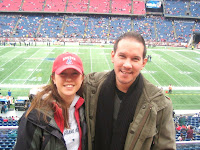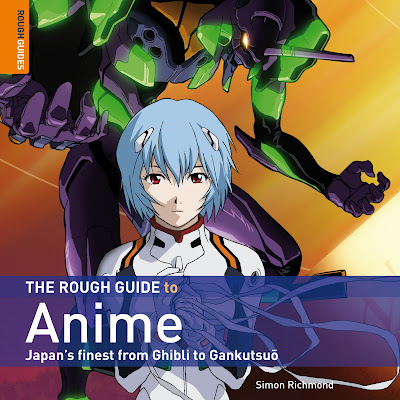"This Year," Loudon Wainwright III

Listen HERE This Year Another year's gone Here comes a new one What's gonna happen? This year We're gonna make it Not gonna take it Make no mistake it's This year Last year was a fiasco A real disaster So full of sorrow This year will be a great year I just can't wait, dear Until tomorrow Forget the old pain Sing a new refrain Uncork the champagne This year No, it's not too late We've got a clean slate The future's our fate This year Last year was a fiasco A real disaster So full of sorrow This year will be a great year I just can't wait, dear Until tomorrow It's after midnight I'm just a bit tight Hey, but I'll be all right This year The year is brand new The old one's all through And it's time to kiss you This year --Loudon Wainwright III
1.jpg)



.jpg)


.jpg)

